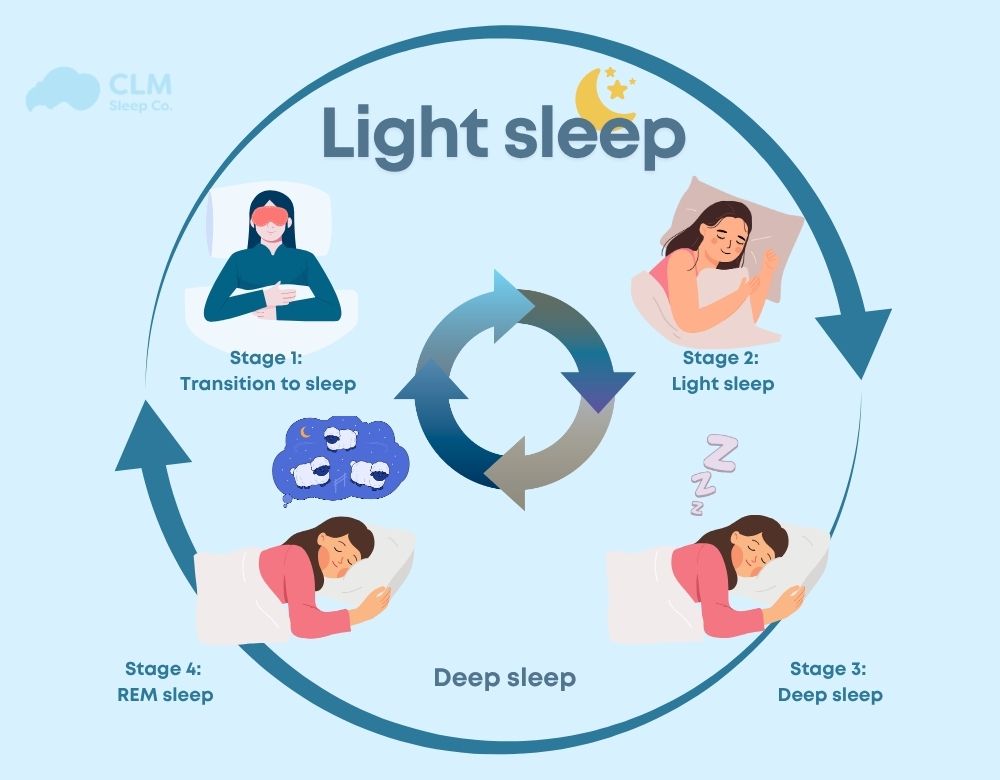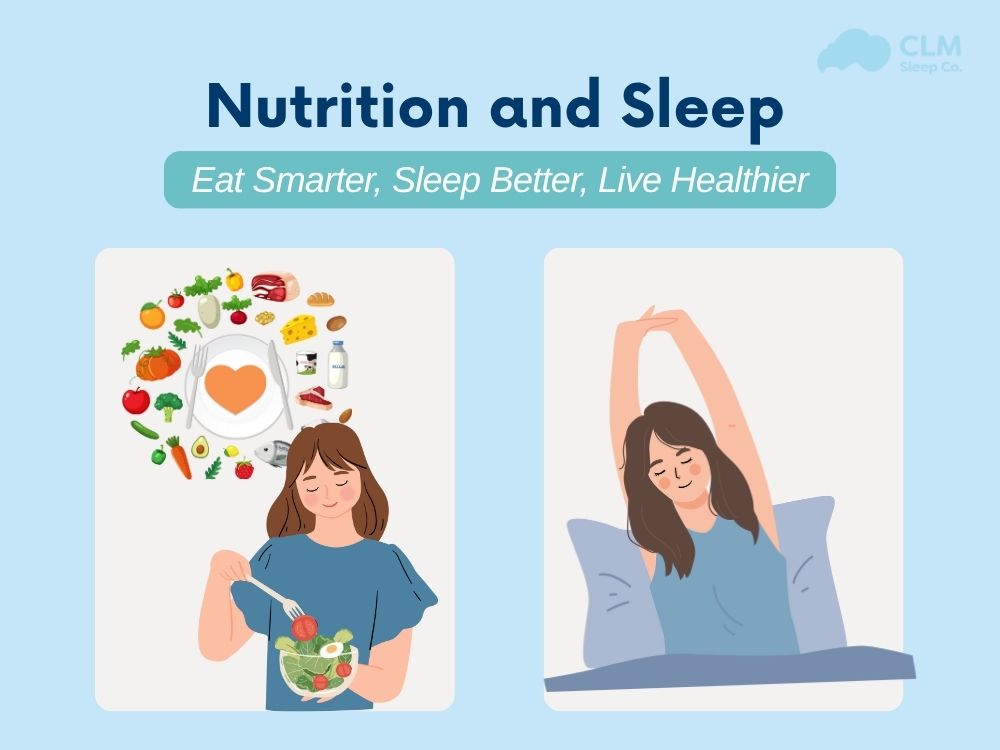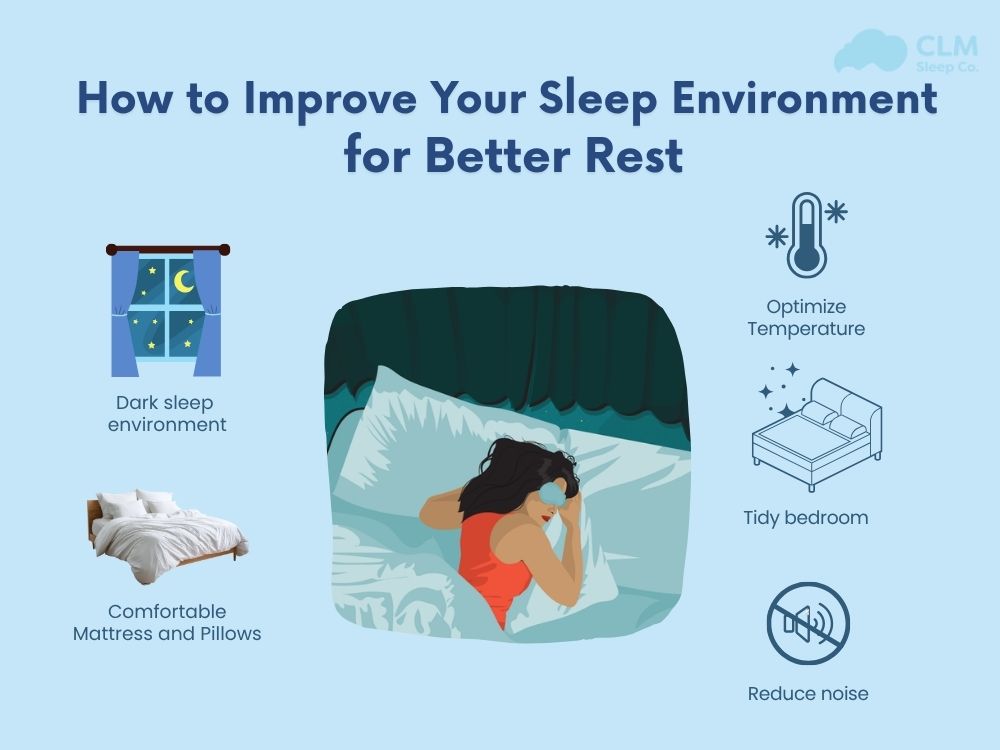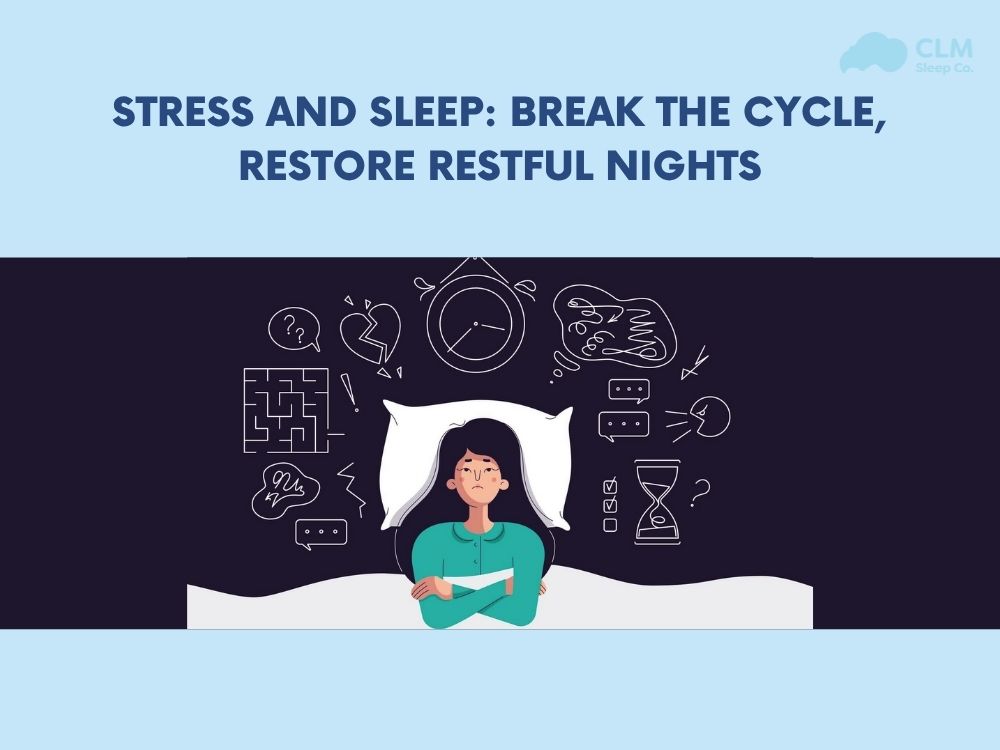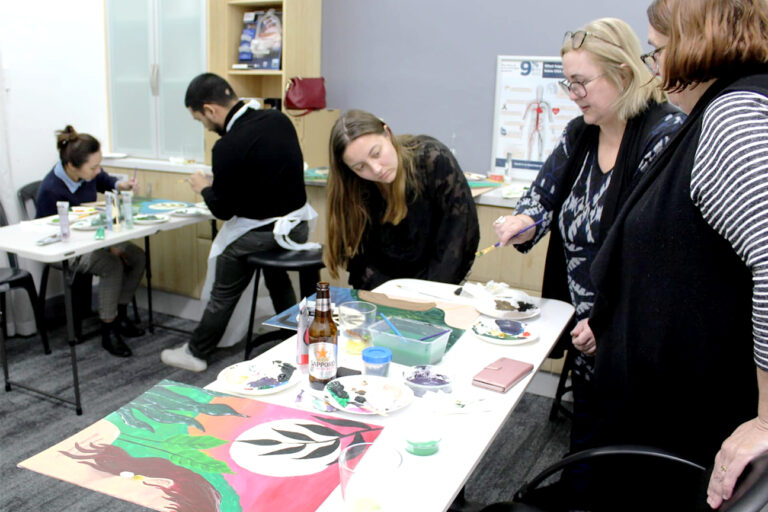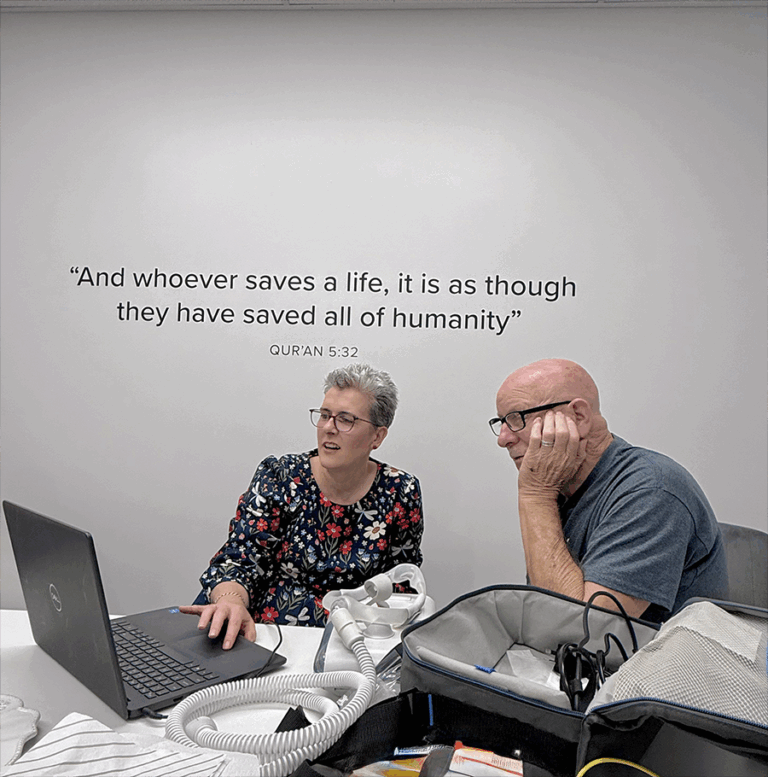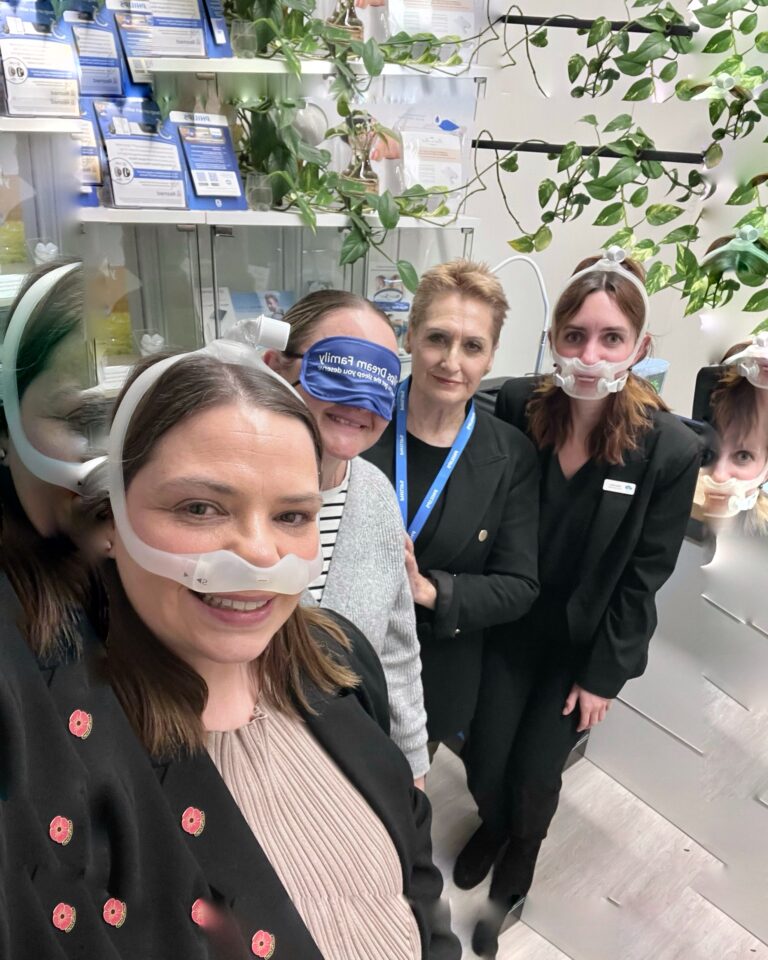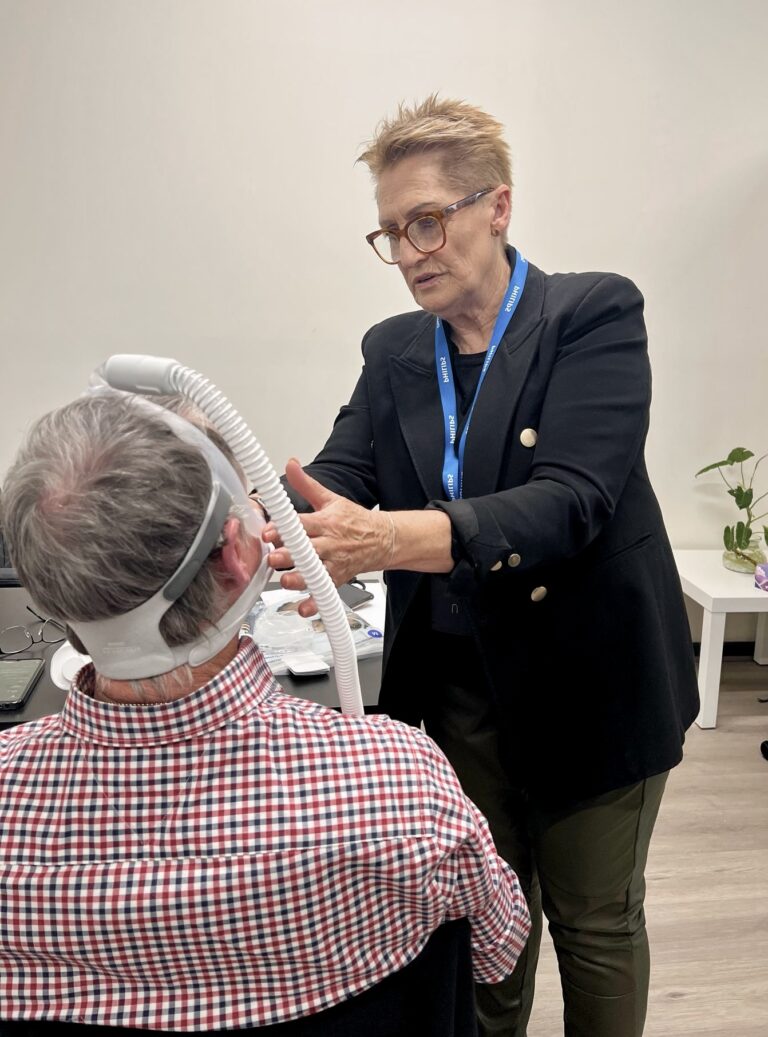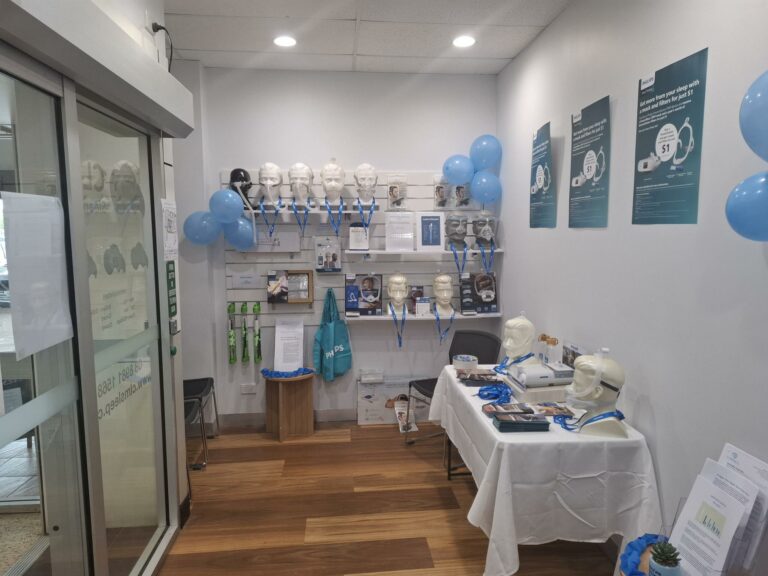Light sleep plays an intricate role in one’s sleep mechanics, yet many people are unsure of its place in the actual stages of the sleep cycle. As one of the crucial sleep stages, it functions as a transitional phase that helps the body move from light wakefulness to deeper, more restorative phases of deep sleep and REM sleep. In the following article, CLM Sleep examines what light sleep is, how much you need, what happens during this stage, and some tips you can implement toward improving your general sleep quality.
What is Light Sleep?
Light sleep is one of the critical and normal stages of the sleep cycle that any person undergoes every night. It functions as a middle or investment phase between wakefulness and deeper sleep, enabling your body to prepare for the restorative stages of deep sleep and REM.
The Stages of Sleep
The sleep cycle alternates between two main primary types: REM (Rapid Eye Movement) and NREM sleep (Non-Rapid Eye Movement). NREM consists of three phases: light sleep (N1), moderate sleep (N2), and deep sleep (N3).
Each complete cycle performs 90 to 110 minutes of duration and will repeat four to five times in one night in this manner: N1 → N2 → N3 → N2 → REM. The duration of REM is short for the very first time during the cycle but grows longer as cycles advance.
- N1 (Transition to Sleep): The transition period from wakefulness to sleep and constitutes about 5% of the total sleeping time. Muscle tone and breathing during this period are similar to when awake. This lasts for 1 to 5 minutes almost once in each cycle.
- N2 (Light Sleep): The largest portion of sleep, about 45%, occurs in this stage. It lasts around 25 minutes in the first cycle and lengthens in later cycles. Bruxism, or teeth grinding, may happen during N2.
- N3 (Deep Sleep): This is the deepest, most restorative stage, making up roughly 25% of total sleep time and lasting about 105 minutes across all cycles. It is essential for physical repair, immune strengthening, and muscle growth. People are hard to wake during N3 and may feel groggy for up to an hour if awakened.
- REM Sleep: Making up about 25% of sleep, REM usually starts about 90 minutes after falling asleep. During REM, the brain is highly active and dreams occur, but the skeletal muscles are paralyzed. Breathing and eye movements can be irregular.
How Much Light Sleep Do You Need?
Light sleep makes up a significant portion of your total sleep. On average:
- Adults spend about 45-55% of their sleep time.
- Children and teenagers tend to have a slightly lower proportion because they spend more time in deep sleep.
- Older adults may have increased stage 1 and 2 sleep at the expense of deep sleep.
The following table outlines the recommended total sleep duration and the approximate proportion of light sleep needed for various age groups:
| Age Group | Recommended Total Sleep | Approximate N1+2 % | Approximate N1+2 Hours |
| Children (6-12) | 9-12 hours | ~45% | 4-5 hours |
| Teenagers (13-18) | 8-10 hours | ~45% | 3.5-4.5 hours |
| Adults (18-64) | 7-9 hours | ~50% | 3.5-4.5 hours |
| Older Adults (65+) | 7-8 hours | ~55% | 3.5-4.5 hours |
Sleeping too much in light sleep without adequate deep or REM sleep can indicate poor sleep quality. This imbalance may lead to daytime fatigue, memory issues, and decreased cognitive function.
What Happens During Light Sleep?
During light sleep stages (NREM 1 & 2):
- Your heart rate slows.
- Body temperature drops.
- Brain waves slow down, but occasional bursts of rapid brain activity called sleep spindles occur.
- Muscles relax but can occasionally twitch.
- You are more easily awakened than during deep sleep or REM sleep.
Light sleep is essential for processing memories, consolidating learning, and preparing your body to enter deeper stages of sleep. Although it’s less restorative than deep sleep, this stage serves as a vital “gateway” phase in the sleep cycle.
Causes of Excess Light Sleep
Sometimes, people experience excessive light sleep, which means spending a disproportionately high amount of time in NREM Stage 1 and 2, with reduced deep and REM sleep. Common causes include:
- Stress: High stress levels can fragment sleep and reduce deep sleep duration
- Alcohol Consumption: Alcohol initially induces sleep but disrupts deeper sleep stages, increasing the lighter stages of sleep
- Sleep Disorders: Conditions like sleep apnea cause frequent awakenings, preventing progression into deep sleep
- Age: Aging naturally reduces deep sleep and increases light sleep
- Blue Light Exposure: Late-night screen use suppresses melatonin and alters the sleep cycle
- Irregular Sleep Schedules: Going to bed and waking up at inconsistent times can fragment sleep architecture
What happens if I only get light sleep?
- Persistent tiredness and poor concentration during the day.
- Reduced physical and mental recovery.
- Mood disturbances and irritability.
- Increased risk of chronic health issues linked to poor sleep quality.
See more: Circadian Rhythm Disorder
How to Improve Sleep Quality and Reduce Light Sleep
Improving sleep quality often means reducing excess light sleep and increasing restorative deep and REM sleep. Here are practical tips:
- Set a consistent sleep schedule: Going to bed and waking at the same time every day helps regulate your circadian rhythm.
- Limit screen time before bed: Avoid phones, tablets, and computers for at least an hour before sleeping to minimize blue light exposure.
- Reduce caffeine and alcohol intake: Especially in the afternoon and evening, to avoid sleep disruption.
- Manage stress: Practice relaxation techniques like meditation, deep breathing, or gentle yoga before bed.
- Create a sleep-friendly environment: Keep your bedroom cool, dark, and quiet.
If you continue to experience poor sleep quality or excessive light sleep, consider consulting a sleep specialist. In Australia, you can access services at specialized sleep clinics, often covered partially under Medicare. Professional evaluation, including a sleep study, can diagnose conditions like sleep apnea or insomnia and guide effective treatment.
See more: How to get more deep sleep
Conclusion
Light sleep is a normal and necessary phase of your sleep cycle. It plays an important role in transitioning your body and brain between wakefulness and deeper, more restorative sleep stages such as deep sleep and REM sleep. However, balance is key — spending too much time in light sleep can be a sign of poor sleep quality, which can affect your health and daily performance.
Pay attention to your sleep habits, create a routine that promotes healthy sleep, and don’t hesitate to seek professional help if you suspect sleep issues. For comprehensive sleep health support, consider consulting with services like CLM Sleep to ensure you get the restorative sleep your body needs.
Online store: Cpapdiscount
